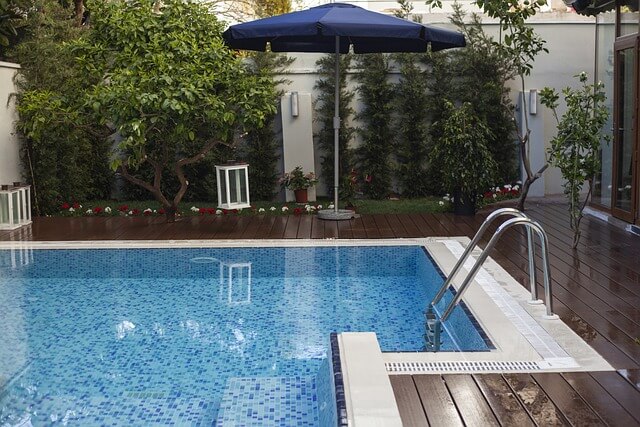Comprehensive Guide to Cleaning and Maintaining Your Swimming Pool and Surrounds
Having a swimming pool is a wonderful luxury that provides fun and relaxation. However, proper maintenance of the pool and its surroundings is essential for safety, hygiene, and longevity. This guide will walk you through the process of draining your pool, cleaning, retiling the surrounds, and ensuring compliance with safety regulations.
Draining Your Swimming Pool
There are several reasons to drain your swimming pool, such as adjusting the chemical balance, conducting repairs, or simply refreshing the water. Here’s how to do it effectively with the right equipment.
Why Should You Drain Your Pool?
- Prolonged dry climate preventing regular top-ups.
- Heavy pool cleaning (recommended every 5-7 years).
- Calcium deposits and staining.
- Repairs or repainting.
- Unsafe chemical stabilizer levels.
Equipment Needed for Draining Your Pool
- This pump is essential for removing most of the pool water. Place it in the deep end and ensure the discharge hose reaches a suitable disposal area. It will leave a small amount of water at the bottom, which won’t affect a chemical refresh.
- Ideal for eliminating the remaining water, this pump works on clean surfaces with minimal water depth (1mm to 3mm). It requires priming but then operates automatically.
- If your pool water is thick with debris, this pump can handle solids up to 26mm in diameter and remove water with up to 60% suspended solids.
- Perfect for removing small volumes of water that gather during cleaning or repair processes.
Cleaning and Retiling Pool Surrounds
The area around your pool can become worn, dirty, or damaged over time, necessitating thorough cleaning or retiling.
Steps to Retiling the Surrounds:
- Preparation: Remove any loose or damaged tiles and clean the area to ensure a smooth surface for new tiles. Our Tile Removal Package that consists of a Jackhammer with a wide thin blade that is mounted on a trolley will make short work of this task. Once the old tiles are gone, clean up your foundation with our Meteor Floor Grinder Kit, which makes general concrete preparation a breeze by powering through grout, glue, paint, epoxy and rubber tile adhesive.
- Tile Selection: Choose non-slip, durable tiles suitable for outdoor and wet environments.
- Laying Tiles: Apply an outdoor-appropriate tile adhesive evenly, place the tiles, and allow them to set according to the adhesive instructions.
- Grouting: Once the tiles are set, fill the gaps with waterproof grout to prevent water seepage.
- Sealing: Apply a sealer to protect the tiles from moisture and wear.
Ensuring Pool Safety with Proper Fencing
Safety is crucial when it comes to swimming pools. Proper fencing not only meets legal requirements but also ensures a safe environment.
Swimming Pool Barriers:
- Must encircle the pool completely and be robust enough to prevent accidental falls.
- Should prevent unsupervised access, especially for children.
- Temporary pool fencing can be hired during construction or renovations to comply with safety standards.
- Permanent barriers should be at least 1200mm high, with no gaps exceeding 100mm and no climbable objects within 900mm of the fence.
Signage:
- Display CPR signage within the pool area.
- Consider additional safety signs, such as depth indicators, for enhanced safety.
By adhering to these guidelines and using the appropriate equipment, you can ensure your pool and its surroundings remain clean, safe, and enjoyable. Contact the Centenary Hire team for more advice on your particular pool.

